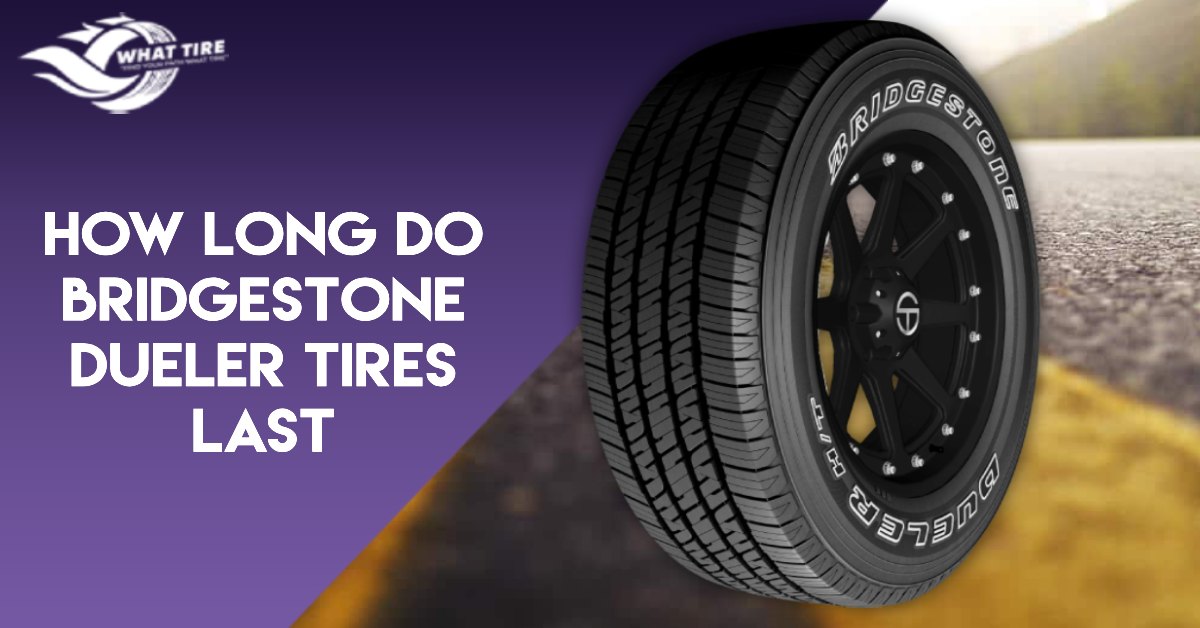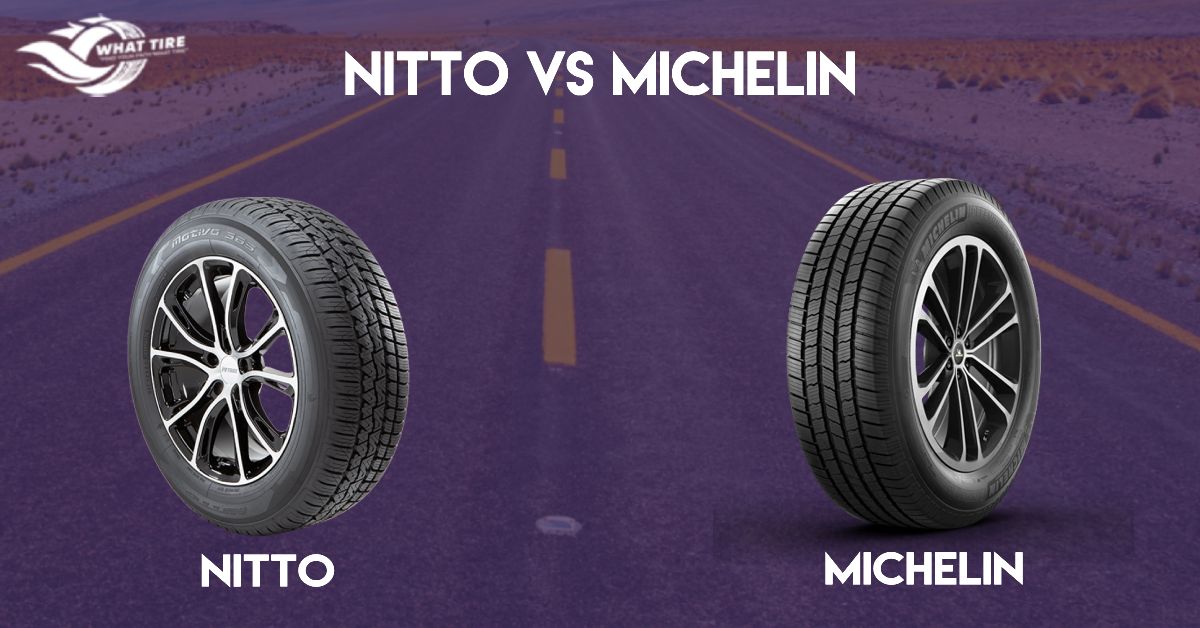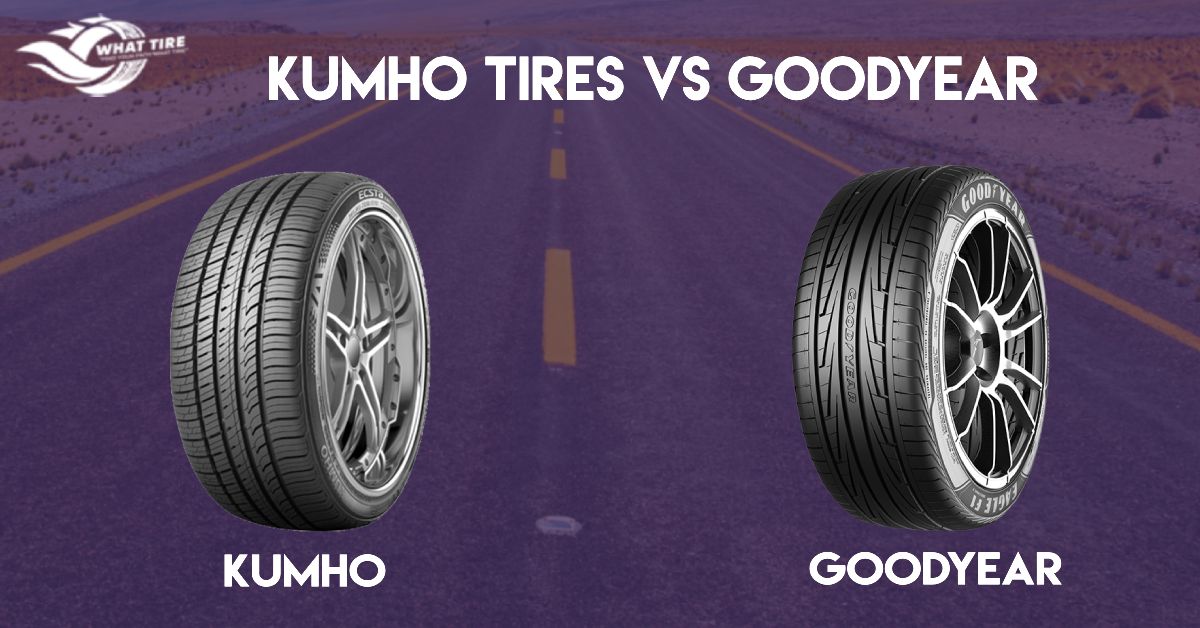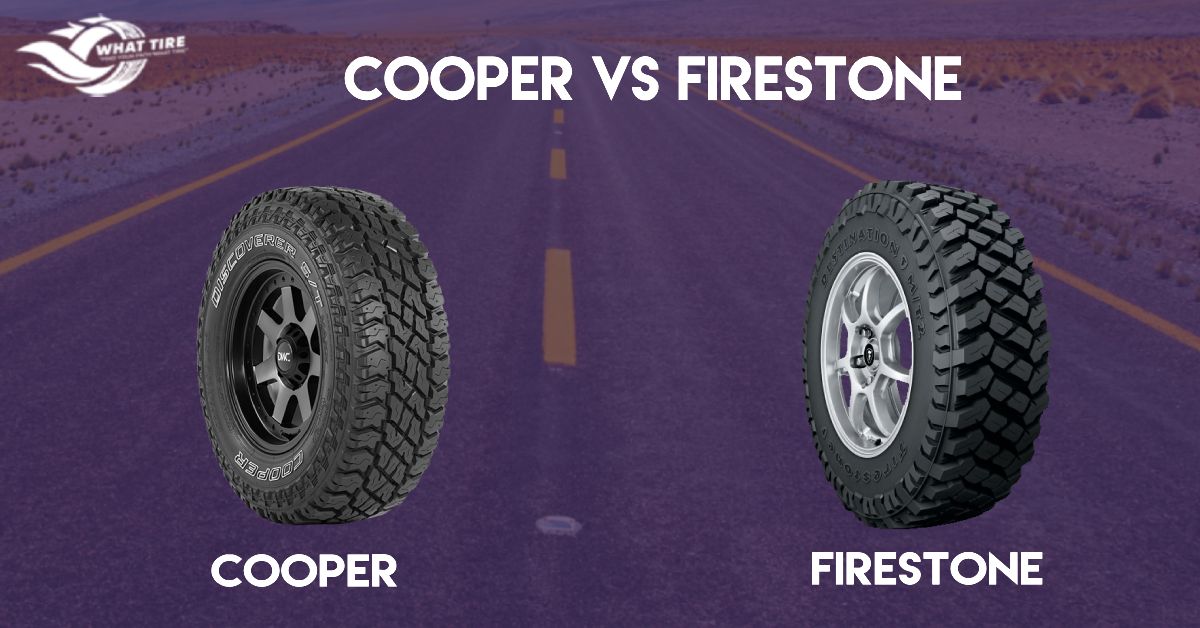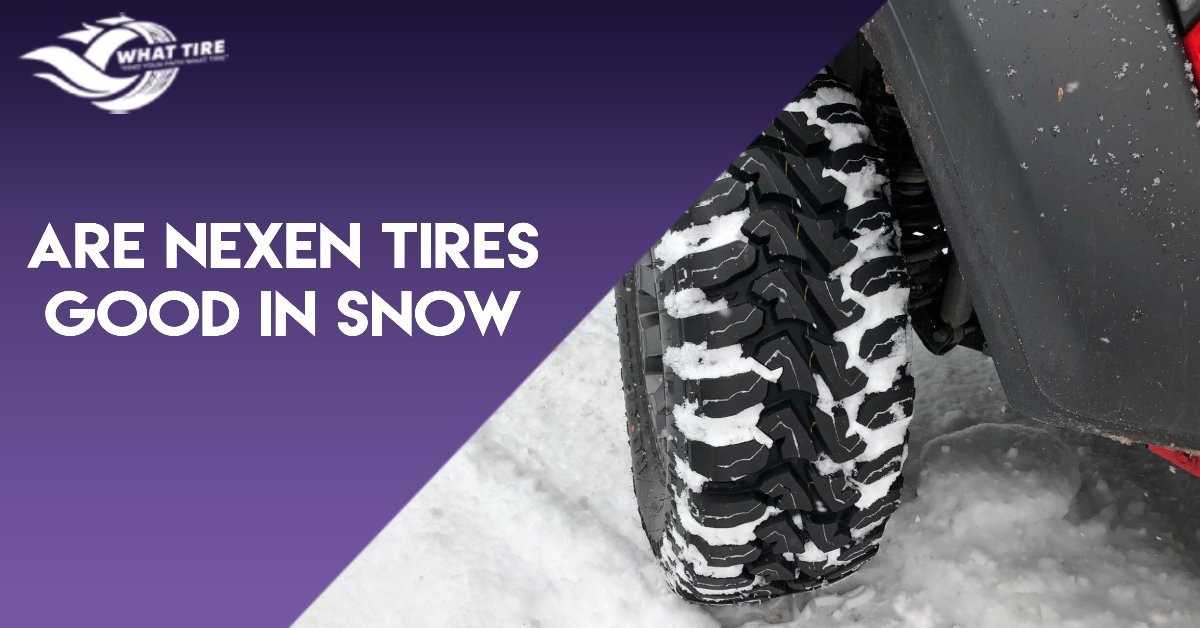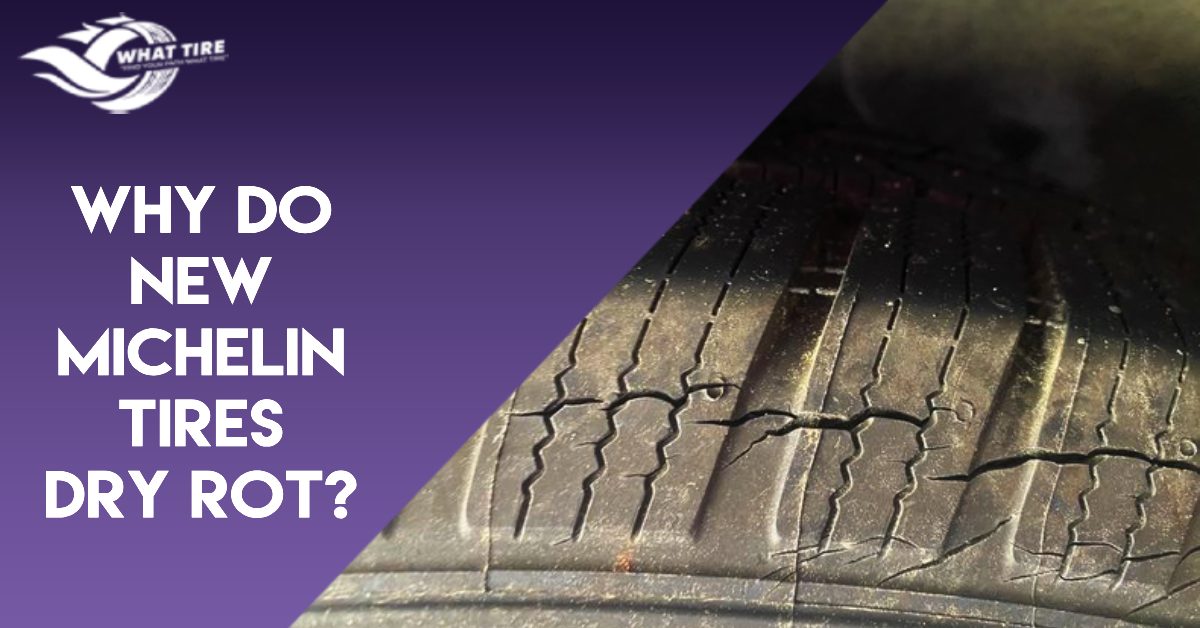Deterioration isn’t exclusive to aging tires; even new Michelin tires can fall victim to the subtle menace known as dry rot. As rubber meets the road, understanding why and how this phenomenon occurs becomes paramount for tire longevity.
In this post, we will learn why do new Michelin tires dry rot and also learn about the factors contributing to Michelin tire dry rot—discussing not just the evident causes but also the often-overlooked factors contributing to premature aging.
Join us as we decipher the complexities, empowering you with insights on prevention and maintenance, ensuring your Michelin tires roll smoothly for miles to come.
Table of Contents
ToggleWhat Does Dry Rot Mean in Tires?
Dry rot in tires is a condition characterized by the deterioration of the rubber compound, resulting in visible cracks and structural weakness. Unlike wet rot, which involves fungal growth in damp conditions, dry rot occurs when the essential oils and chemicals within the rubber gradually evaporate or break down.
This process is accelerated by exposure to sunlight, high temperatures, and fluctuations in weather conditions. Visually, it manifests as fine cracks on the tire’s surface, resembling a spider’s web. These cracks compromise the tire’s structural integrity, reducing its ability to maintain proper inflation and increasing the risk of blowouts and other safety hazards on the road.
Why Do New Michelin Tires Dry Rot?
Dry rot in tires means the rubber is getting weak, and the tire might crack or break. It happens when the rubber ages or when tires are exposed to sunlight, heat, or certain chemicals. Let’s dive into why new Michelin tires can face this issue and how we can prevent it.
1. Rubber Composition and Aging
Michelin tires, known for their high-quality rubber compounds, can still succumb to dry rot over time. The aging process of rubber involves a series of chemical reactions, including oxidation and polymer chain scission.
As Michelin tires age, the rubber molecules undergo degradation, leading to the loss of essential plasticizers and antioxidants. This chemical transformation contributes to the increased brittleness of the rubber, making it more prone to dry rot.
2. Impact of Environmental Factors on Rubber
Environmental conditions play a pivotal role in the onset of dry rot. Ultraviolet (UV) radiation from sunlight accelerates the degradation of rubber compounds. Michelin tires exposed to prolonged sunlight without adequate protection or those stored in areas with high UV intensity are more susceptible to dry rot.
Additionally, fluctuations in temperature, especially in regions with extreme heat or cold, can exacerbate the chemical processes leading to dry rot.
3. Manufacturing and Storage Practices
Despite stringent quality control measures, variations in Michelin manufacturing and storage practices can influence the susceptibility of tires to dry rot. Improper curing during the tire production process or inadequate storage conditions in warehouses can introduce vulnerabilities in the rubber composition.
Tires stored in areas with high humidity levels may absorb moisture, accelerating the chemical reactions that contribute to dry rot.
4. Quality Control Measures
While Michelin upholds rigorous quality control standards, occasional lapses can occur. Variations in the mixing of rubber compounds, inconsistencies in the curing process, or insufficient inspection protocols may inadvertently result in tires with compromised durability. These subtle manufacturing variations can contribute to the early onset of dry rot in some Michelin tires.
5. Storage Conditions Impacting Tire Longevity
How Michelin tires are stored before reaching the end user is a critical factor in preventing dry rot. Tires stored in direct contact with concrete surfaces or exposed to harsh chemicals may experience accelerated degradation.
Proper storage involves keeping tires in a cool, dry, and dark environment, away from direct sunlight and sources of ozone, which can further enhance their resistance to dry rot.
6. Ozone Exposure
Ozone, a component of the Earth’s atmosphere, can have a detrimental impact on rubber. Michelin tires, when exposed to high levels of ozone, undergo a process known as ozone cracking.
This phenomenon is characterized by the formation of tiny cracks in the tire sidewalls, eventually leading to dry rot. Ozone exposure is often more pronounced in urban environments and areas with elevated air pollution levels.
7. Chemical Reaction with Oils and Fuels
Michelin tires can experience dry rot when they come into contact with oils and fuels. Certain chemicals present in oils and fuels can react with the rubber compounds, causing a breakdown in molecular structures.
This chemical interaction weakens the tire’s integrity and accelerates the onset of dry rot. It is essential to avoid prolonged exposure of Michelin tires to oil or fuel-contaminated surfaces.
8. Microbial Activity in Humid Conditions
In humid environments, Michelin tires may be susceptible to microbial activity, contributing to dry rot. While less common than other factors, the presence of certain microorganisms, such as bacteria and fungi, can initiate chemical processes that degrade the rubber.
Proper storage in well-ventilated areas and regular cleaning to remove moisture can help mitigate the risk of microbial-induced dry rot in Michelin tires.
Preventing Dry Rot in Michelin Tires
Ensuring the longevity of your Michelin tires involves proactive measures to prevent the onset of dry rot. From maintaining proper tire inflation to implementing effective storage practices, here are six crucial methods to safeguard your Michelin tires against this gradual deterioration.
1. Proper Tire Inflation
Maintaining optimal tire pressure is paramount in preventing dry rot. Underinflation or overinflation can accelerate rubber degradation. Check your Michelin tires regularly and adhere to the recommended inflation levels provided by the manufacturer. This not only enhances tire performance but also minimizes the risk of structural damage leading to dry rot.
2. Regular Cleaning and Conditioning
Keeping Michelin tires clean is more than just aesthetics; it’s a preventive measure against dry rot. Regularly clean tires to remove dirt, oils, and other contaminants that can contribute to rubber breakdown.
Additionally, apply tire conditioners specifically formulated for Michelin tires. These conditioners replenish essential oils, maintaining the tire’s flexibility and resilience against the factors causing dry rot.
3. Appropriate Storage Conditions
Where and how you store your Michelin tires significantly impacts their longevity. Choose a cool, dry, and dark storage area, away from direct sunlight and extreme temperatures. Elevate the tires off the ground and avoid contact with concrete surfaces, as they can absorb moisture. Proper storage mitigates environmental influences that could accelerate the dry rot process.
4. Avoiding Prolonged Exposure to Sunlight
UV radiation from sunlight is a potent contributor to dry rot. When not in use, park your vehicle in shaded areas or use tire covers to shield Michelin tires from direct sunlight. This simple practice helps preserve the integrity of the rubber compounds, reducing the likelihood of cracks and deterioration associated with dry rot.
5. Regular Tire Inspections
Routine inspections play a pivotal role in early detection and prevention of dry rot. Examine your Michelin tires for any signs of cracking, especially along the sidewalls and between tread blocks. Addressing minor issues promptly can prevent further deterioration and extend the overall lifespan of the tires.
6. Avoiding Chemical Exposure
Protect Michelin tires from exposure to harsh chemicals, oils, and fuels. Chemical interactions can accelerate the degradation of rubber compounds, leading to premature dry rot. Be cautious when parking near areas with potential chemical spills, and promptly clean any chemical residue to minimize the risk of deterioration.
By following these preventive measures you can not only enhance the performance and safety of your Michelin tires but also extend their lifespan by mitigating the risk of dry rot.
Conclusion
In the intricate dance between rubber and time, understanding why new Michelin tires dry rot becomes crucial. With vigilant maintenance, proper storage, and proactive measures, you fortify your Michelin tires against this gradual wear, ensuring a prolonged journey of safety, performance, and roadworthy resilience.
FAQ’s
Unfortunately, dry rot in Michelin tires is irreversible. Once detected, prompt replacement is the safest course of action to ensure optimal safety and performance.
The lifespan varies, but with proper maintenance, Michelin tires can last around 6 to 10 years. Regular inspections are crucial for early detection of dry rot.
Michelin’s warranty typically covers manufacturing defects, but dry rot due to environmental factors might not be included. Check the warranty terms for details.
Regular inspections every month or before long trips are recommended. More frequent checks may be needed in extreme climates or if the vehicle is stationary for extended periods.
Inspect for cracks, bulges, and uneven wear. Check tire pressure, and ensure proper alignment. Promptly address any issues to prevent dry rot.

